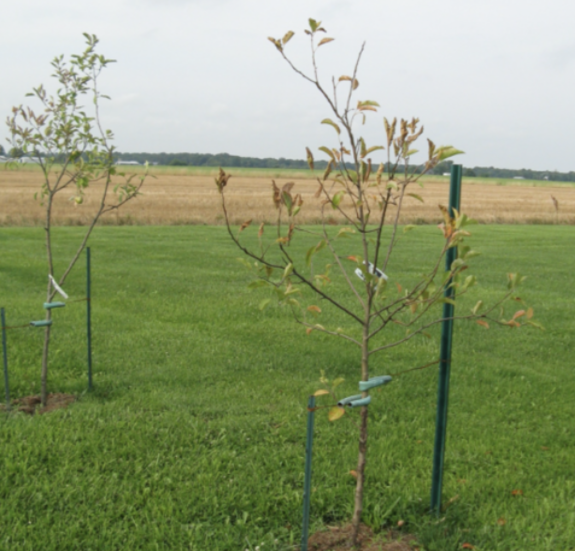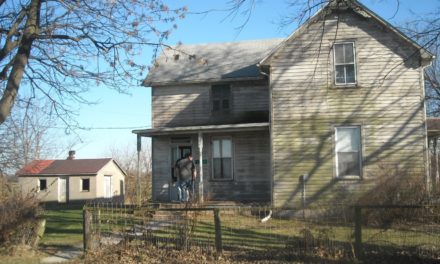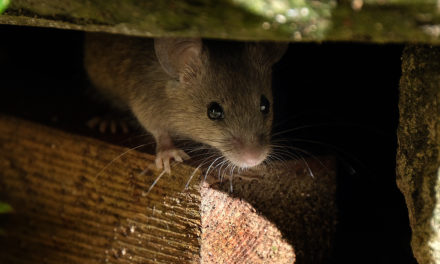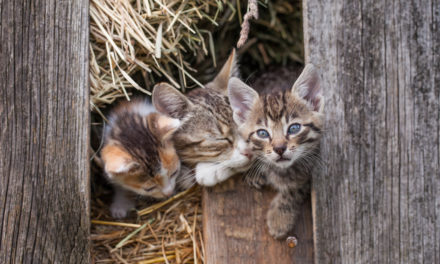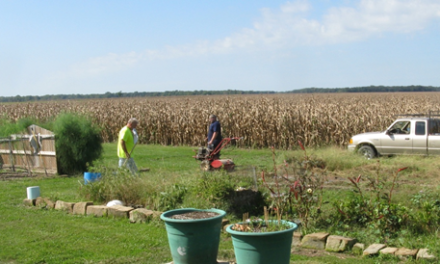Every homestead needs an orchard, right? I want to share what Jim and I learned during our first 10 years of homesteading. I can laugh about this debacle now, but it was a “hard row to hoe” when it was happening.
Let’s talk about common mistakes beginning urban or rural homesteaders make when it comes to fruit trees. I am an expert on tree mistakes. This is probably the area that we wasted the most resources during our first attempts at homesteading. I couldn’t wait to start an orchard at our present location, as I had acres of open prairie fields that I just knew would be perfect for an extensive orchard.
Jim had a friend who ran a nursery, so he cut a deal for all his cull trees – 10 for $100. First mistake. They were a motley mess, but we just knew that since we were now homesteaders, the winds of success would fill our sails and in no time, we would have an abundance of organic fruit.
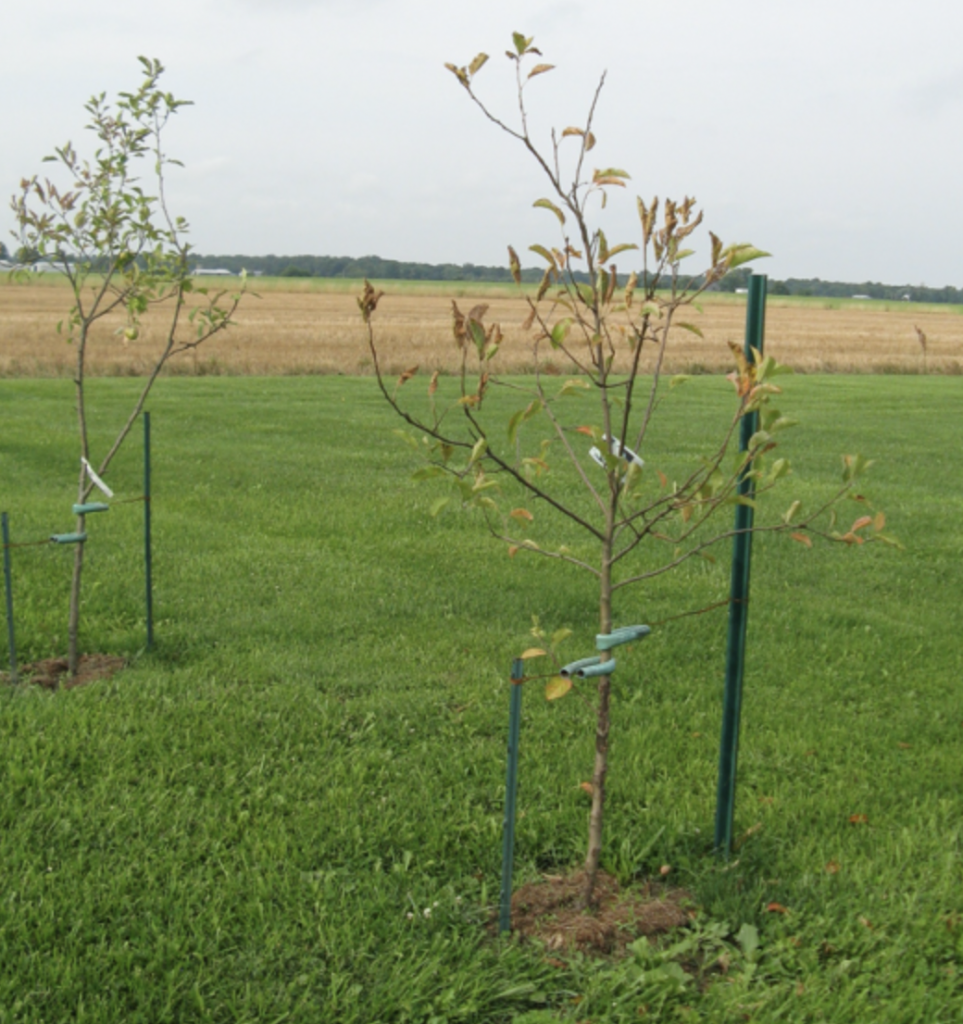
Apples, plums, peaches, pears and apricots, I had no idea what I was doing, but I was confident that with just the right book or blog, I could quickly become an expert in no time. Time was what defeated me. With all the other projects needed to get out homestead going, the trees kept getting pushed to the back burner.
The death toll for the trees came when Jim decided he couldn’t easily mow around them, so he dug them up and transplanted them not once, but twice in two years. These trees were uprooted three times in two years. Then, we had the drought of 2012, and we lost all but three trees – which Jim decided to move again! We predicted that we would never see a harvest from any of these 10 trees.
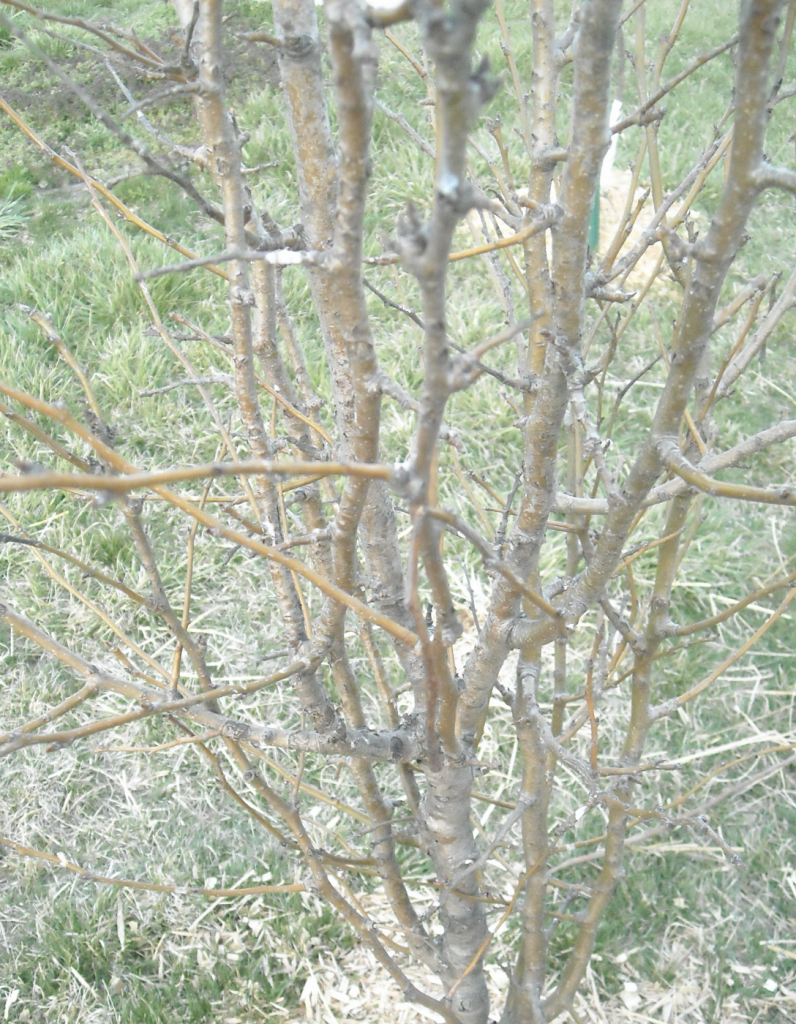
I decided to try again, but this time I knew enough to buy locally-grown trees that were pre-pruned. They were doing well but I did not plant them in enough of a sheltered location, and most years, a frost destroyed the tender buds. I also was terrified of pruning. I admit it, it’s a daunting task to prune, but it’s a skillset that can and must be learned if you are looking for a harvest. The fruit tree in the above photo was taken before it was pruned. One of the main reasons to prune a fruit tree is to allow for air circulation and sunlight to shine on the interior. I had read somewhere that incorrect pruning would be worse for the young tree than no pruning, but I now realize that it is like any other skill. You learn from your mistakes, so I will now prune mid-winter.
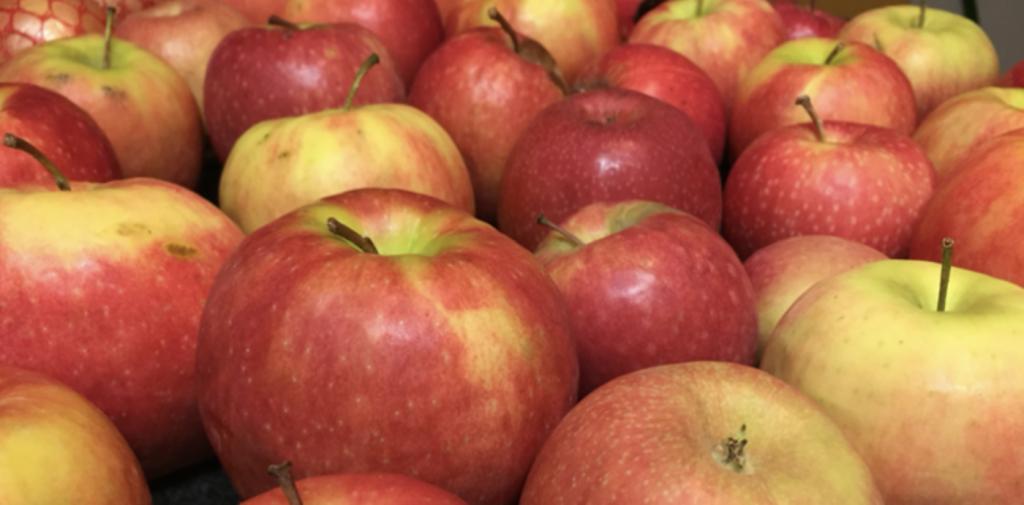
The other significant change to ensure the success of our new orchard is choosing the types of trees. Did you know that your cherry tree will have a different spraying schedule than your apple or your pear? I decided to limit the variety of fruit I produce until I am settled into the new homestead, so I am sticking with apple trees.
To reiterate, it’s important to settle on a location that will be a sheltered microclimate to protect the new trees from frost in spring, plant where they can be mowed around easily, use staking and plant only one type of tree unless you have the time for spraying as needed. Prune, prune, prune. Buy the best stock you can afford that is grown locally. Remember that fresh fruit is cost-effective and well worth the effort.
Fruit trees are a great access to any garden so I encourage you to think about what new variety will work best for you. There is nothing like going up to a tree that you planted and picking delicious ripe fruit.
Be blessed! Ann May

